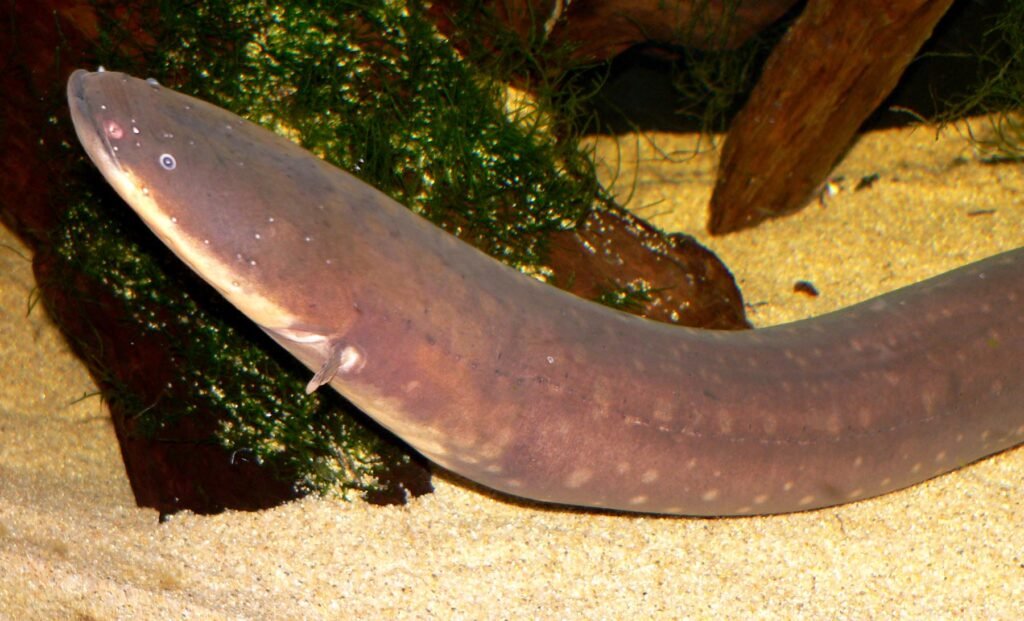The ocean’s most sophisticated predators have evolved an extraordinary hunting ability that goes far beyond traditional senses. While humans navigate the world through sight, sound, and touch, these remarkable creatures have developed the power to sense and use electricity itself. From the murky depths where light cannot penetrate to the sandy ocean floors where prey hides, electric fields serve as an invisible guidance system that reveals what remains hidden to conventional senses.
This bioelectric arsenal spans a surprising range of marine life. Some creatures generate powerful electrical discharges to stun their quarry, while others possess ultra-sensitive receptors that detect the faintest electrical signals from living organisms. Together, these adaptations create hunting strategies so sophisticated that they continue to inspire scientific research and technological innovation.
Electric Eels: Nature’s Living Power Plants
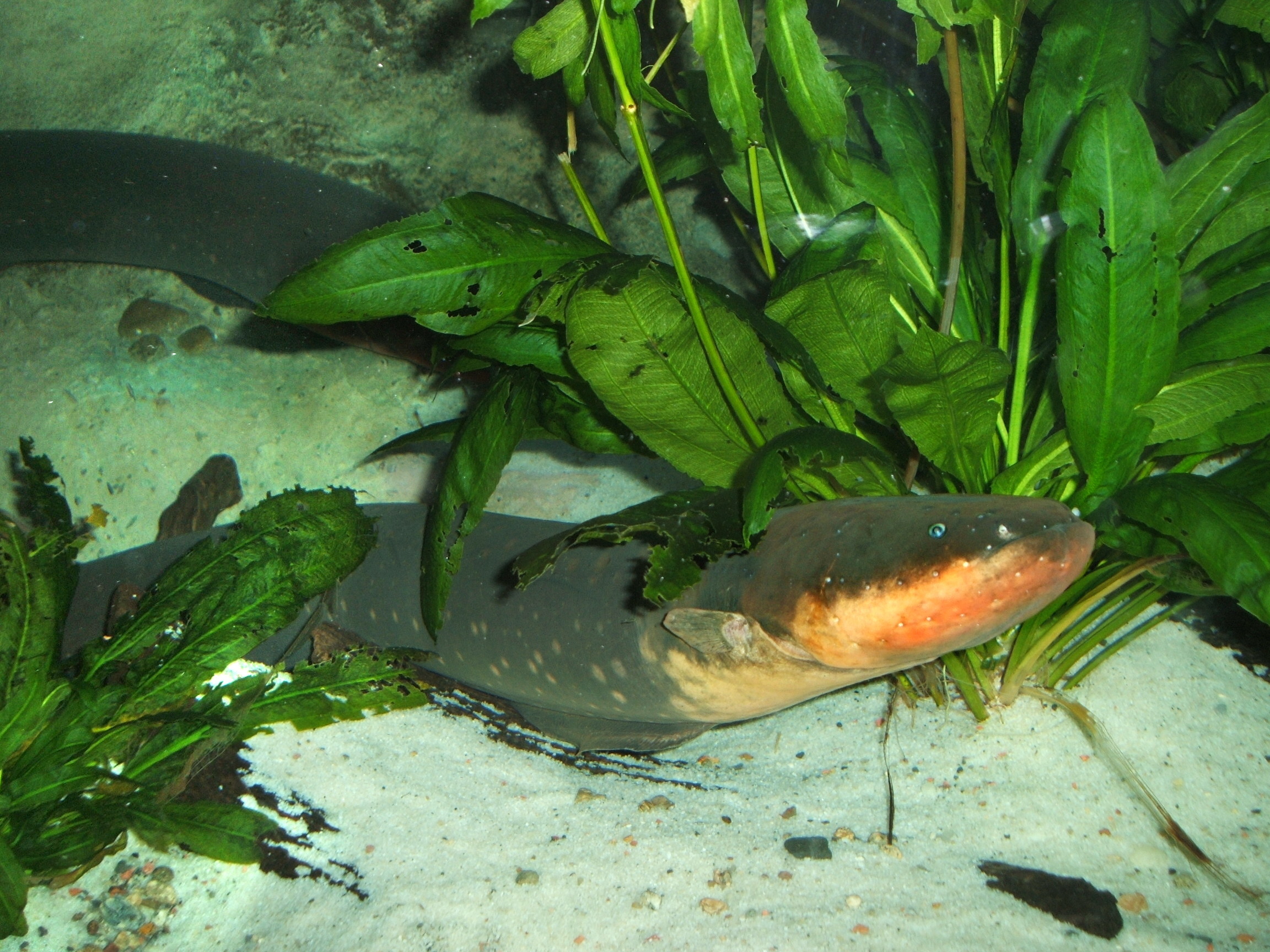
Electric eels can generate shocking discharges of up to 860 volts, making them among the most powerful bioelectric generators on Earth. Despite their name, these creatures aren’t actually eels at all. They belong to the knifefish order (Gymnotiformes) rather than true eels, and are more closely related to catfish.
These South American powerhouses possess three distinct electric organs that work together in remarkable harmony. The main organ, Hunter’s organ, and Sachs’ organ take up roughly 80% of the eel’s body and allow them to produce electric impulses of different strengths for various functions. The main organ produces high-voltage shocks to ward off predators or stun prey, while Sachs’ organ generates weaker pulses for navigation, seeking prey, and courtship communication.
The Science Behind Electric Eel Power
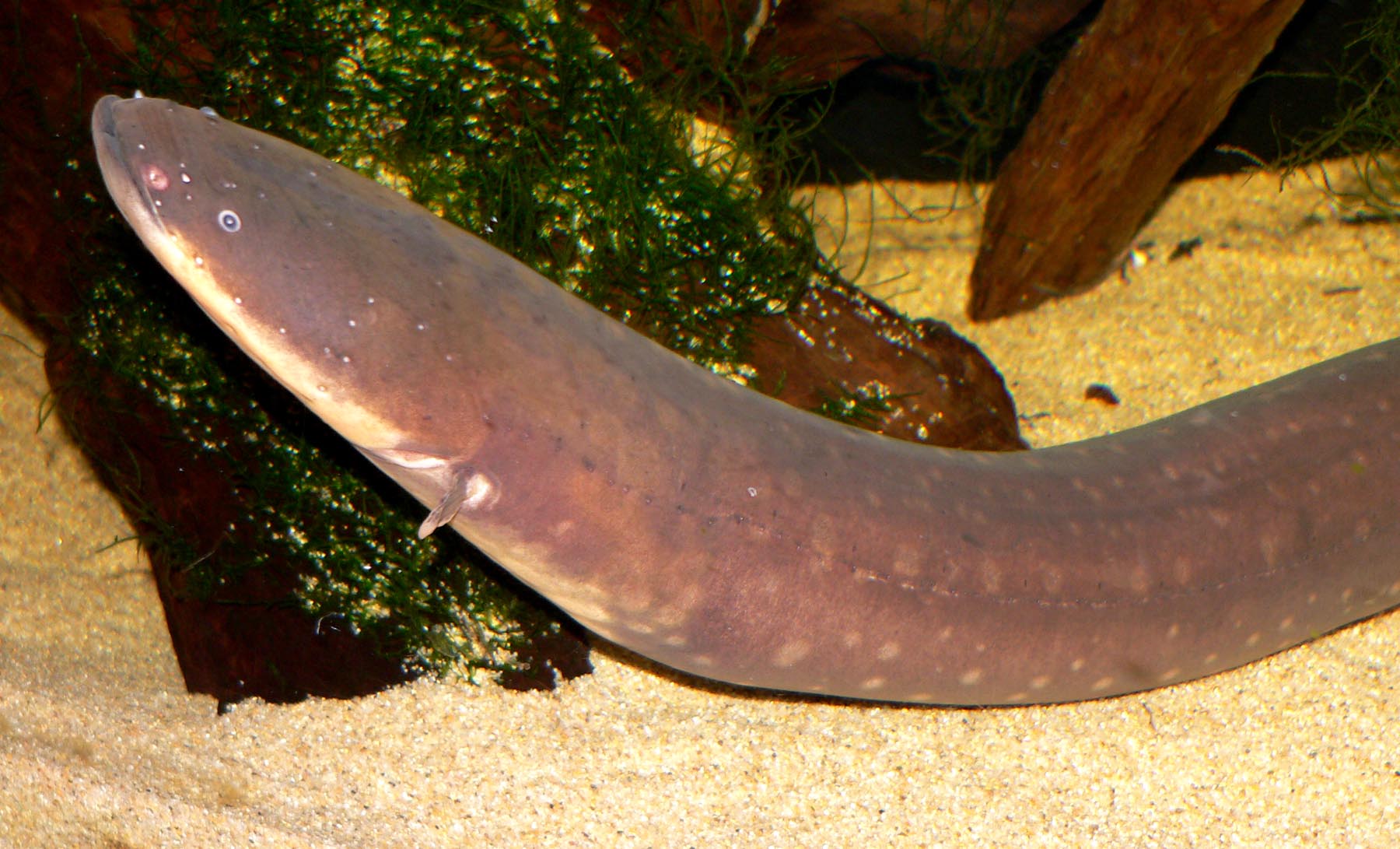
The secret to an electric eel’s shocking ability lies in specialized cells called electrocytes. These organs are made of electrocytes, which are modified muscle cells with high concentrations of sodium ion channels and acetylcholine receptors. Each electrocyte produces only about 0.15 volts, but with approximately 6,000 electrocytes arranged in series within the electric organs, the cumulative effect creates powerful discharges.
When an electric eel identifies prey, its brain sends a nerve signal to the electric organ, and the nerve cells release acetylcholine to trigger an electric organ discharge. The high-voltage discharge is created by sending a very high rate of action potentials to all electrocytes, resulting in temporal summation that activates every electrocyte in the eel’s body. This biological battery system puts even human-made power sources to shame in terms of efficiency and control.
Electric Eel Hunting Strategies
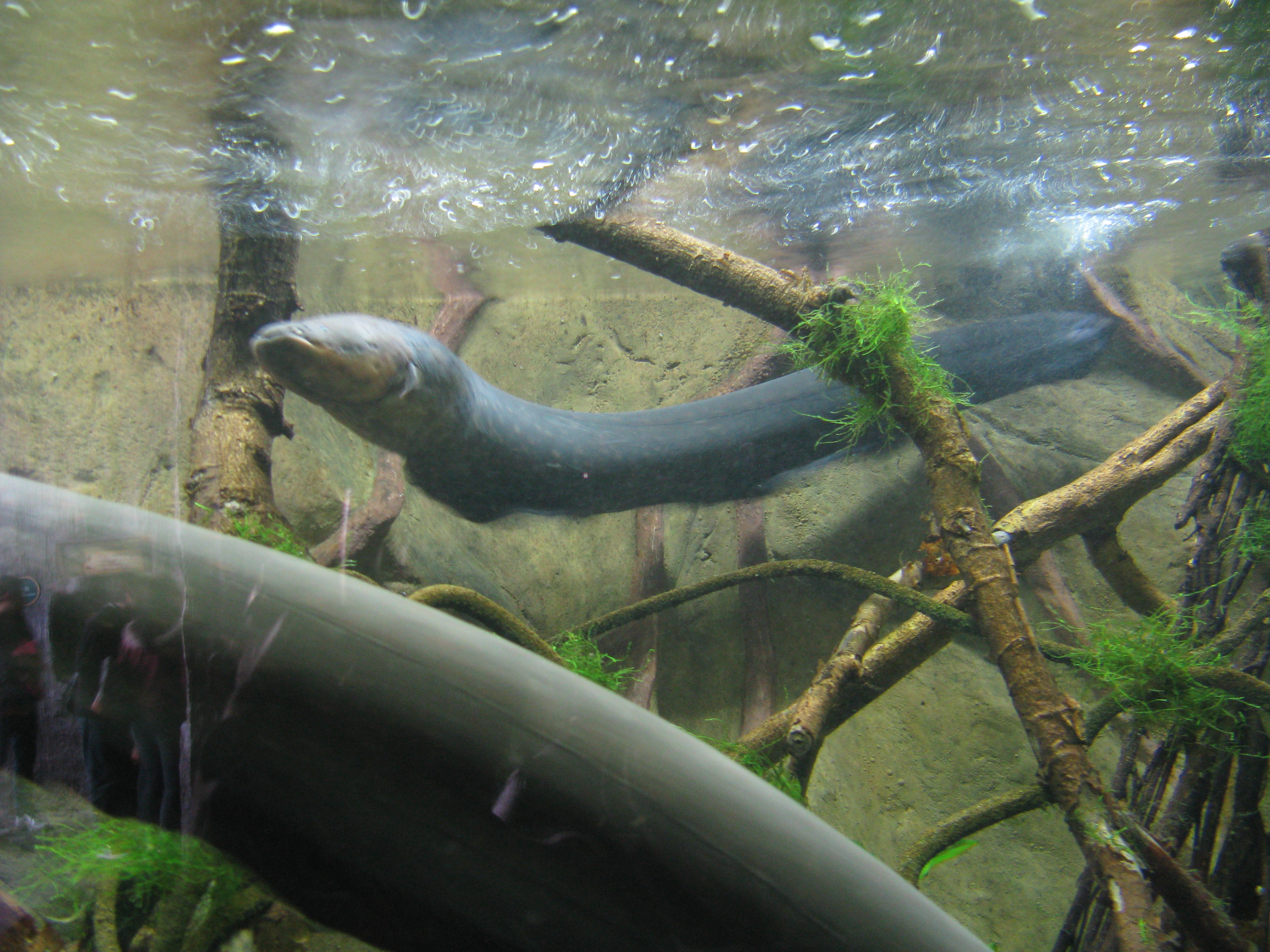
Electric eels have developed sophisticated hunting techniques that showcase their bioelectric mastery. During hunting, eels emit two high-voltage pulses with an interval of about 2 milliseconds, which researchers believe are used to detect prey location. These high-voltage doublets induce intense muscle contractions in prey that can be detected through water movement by the eel’s mechanoreceptors.
Some species like E. voltai even hunt in packs, herding schools of fish and launching coordinated joint strikes on closely packed prey. They use both high and low voltage discharges strategically – low-voltage electrical pulses between 1 and 15 volts help detect objects and create spatial maps of their surroundings, while high-voltage blasts immobilize their targets. These fish can modulate their electric output based on the situation, making their bioelectric capability far more advanced than any human-made battery of comparable size.
Sharks: Masters of Electroreception

While electric eels generate their own electrical fields, sharks have evolved to become the ocean’s most sensitive electrical detectors. Sharks can detect electrical fields as weak as 5 billionths of a volt per centimeter, sensitive enough to detect the electrical field of a AA battery from over 1,000 miles away. This incredible sensitivity makes them the most electroreceptive animals known to science.
Sharks are believed to have the strongest electroreception of any animal on Earth, with their ampullae of Lorenzini designed to pick up weak electrical stimuli from their prey’s muscular contractions. Active hunting sharks possess 1,500 or more ampullae de Lorenzini, while more sedentary species have a few hundred of these open pores around their snouts and lower jaws. These pores are filled with electrically conductive jelly and lined with hairlike cells called cilia that respond to changes in nearby electrical currents.
How Shark Electroreception Works
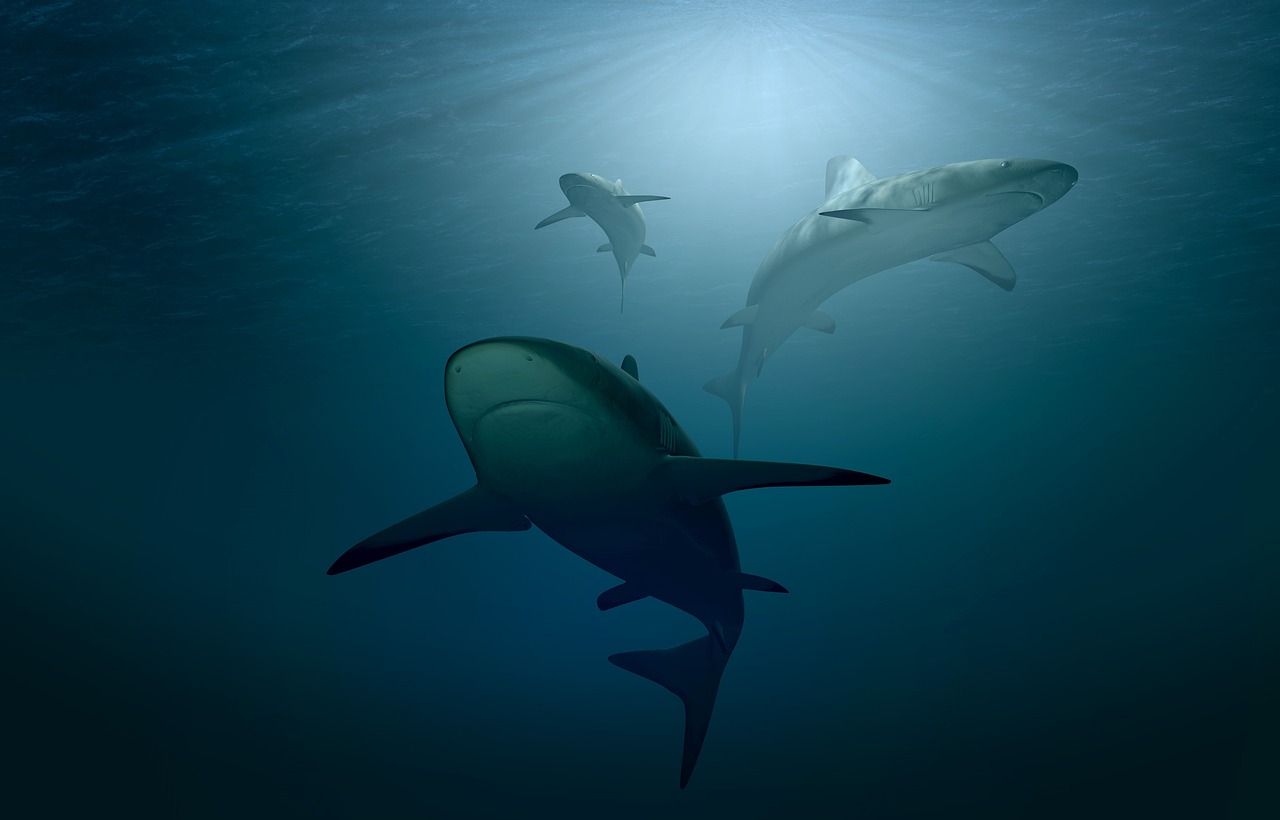
Each ampulla consists of a bundle of sensory cells in a gel-filled canal that opens to the surface through a pore in the skin. The collagen jelly filling these canals has one of the highest proton conductivity capabilities of any biological material, containing keratan sulfate in 97% water with exceptional conductivity.
The ampullae detect electric fields by measuring the potential difference between the voltage at the skin pore and the voltage at the base of electroreceptor cells – a positive stimulus decreases nerve activity while a negative stimulus increases it. When stimulated by an electrical field, specialized electroreceptor neurons trigger nerve impulses that travel to the shark’s brain through the anterior lateral line nerve, where the information is processed in regions dedicated to electromagnetic sensing.
Shark Hunting with Electric Fields
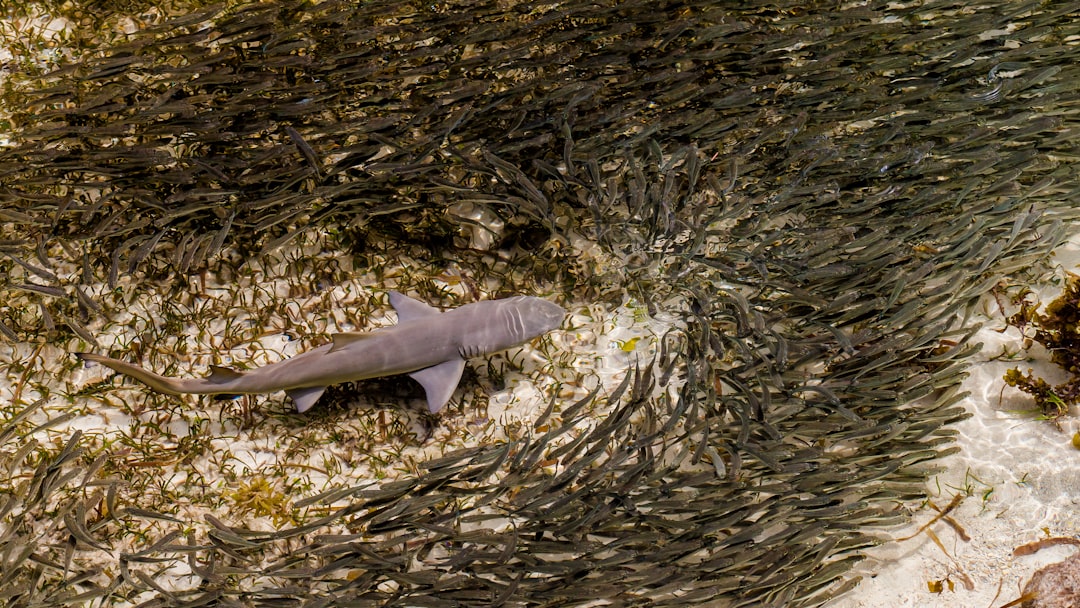
Sharks use their electroreceptive abilities primarily during the final phase of their attacks. Research has demonstrated that sharks use this “sixth sense” to home in on prey during the final moments of an attack. This sophisticated hunting technique allows sharks to detect prey hidden beneath the seafloor, as buried fish continue to generate weak electrical fields through muscle contractions and neural activity that typically range from 5 to 500 microvolts.
As sharks swim over the seafloor, their electroreceptors scan the substrate like biological metal detectors, and the shark’s brain processes these signals to create a detailed “electrical map” of buried prey’s location, size, and orientation. The detection range varies by species but typically extends 20-30 centimeters, with some species demonstrating sensitivity at distances up to one meter – particularly crucial when hunting in murky waters where visibility is limited.
Rays and Their Electric Adaptations
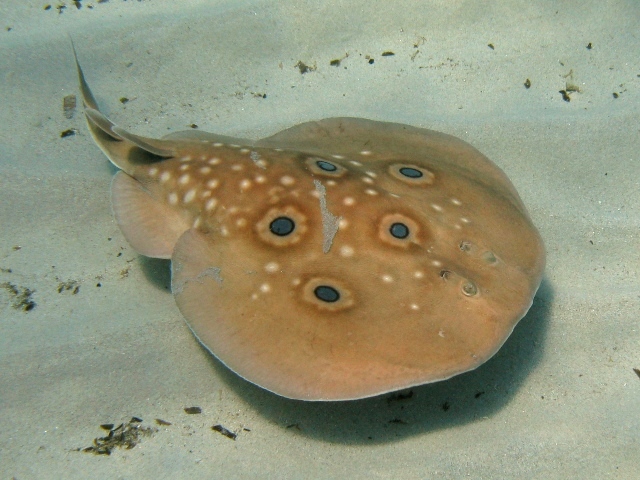
Stingrays and electric rays have evolved their own impressive bioelectric capabilities. Torpedo rays can deliver shocks of up to 220 volts to stun fish and crustaceans, and were even used by ancient Greeks and Romans for early forms of electrotherapy. These rays possess the same ampullae of Lorenzini found in sharks – tiny gel-filled organs that detect invisible electric fields produced by all living creatures.
Stingrays can tune into specific electrical frequencies like radio channels, using visible pores that lead to long canals clustered together. In bottom-feeding skates and rays, most electroreceptors are positioned on the ventral body surface for optimal prey detection. Pores on the ray’s back also serve a defensive purpose, alerting them when predators attempt to approach from behind.
Dolphins: The Electric Mammal

Perhaps most surprisingly, recent research has revealed that dolphins possess electroreception abilities previously unknown in marine mammals. The Guiana dolphin has evolved the ability to detect prey by tuning into their electric fields, making it the only marine mammal known to use this hunting strategy. Dolphins have tiny pits called vibrissal crypts on their snouts that house whiskers at birth but later become functional electrical sensors.
Recent studies have shown that bottlenose dolphins can detect direct currents as low as 2.4 microvolts per centimeter, and researchers have trained captive dolphins to respond to both direct and alternating current electric fields. This sensitivity helps dolphins search for fish hidden in sediment during the final moments before capturing prey, especially when echolocation and vision become limited as they probe sandy bottoms headfirst.
Other Electric Field Hunters
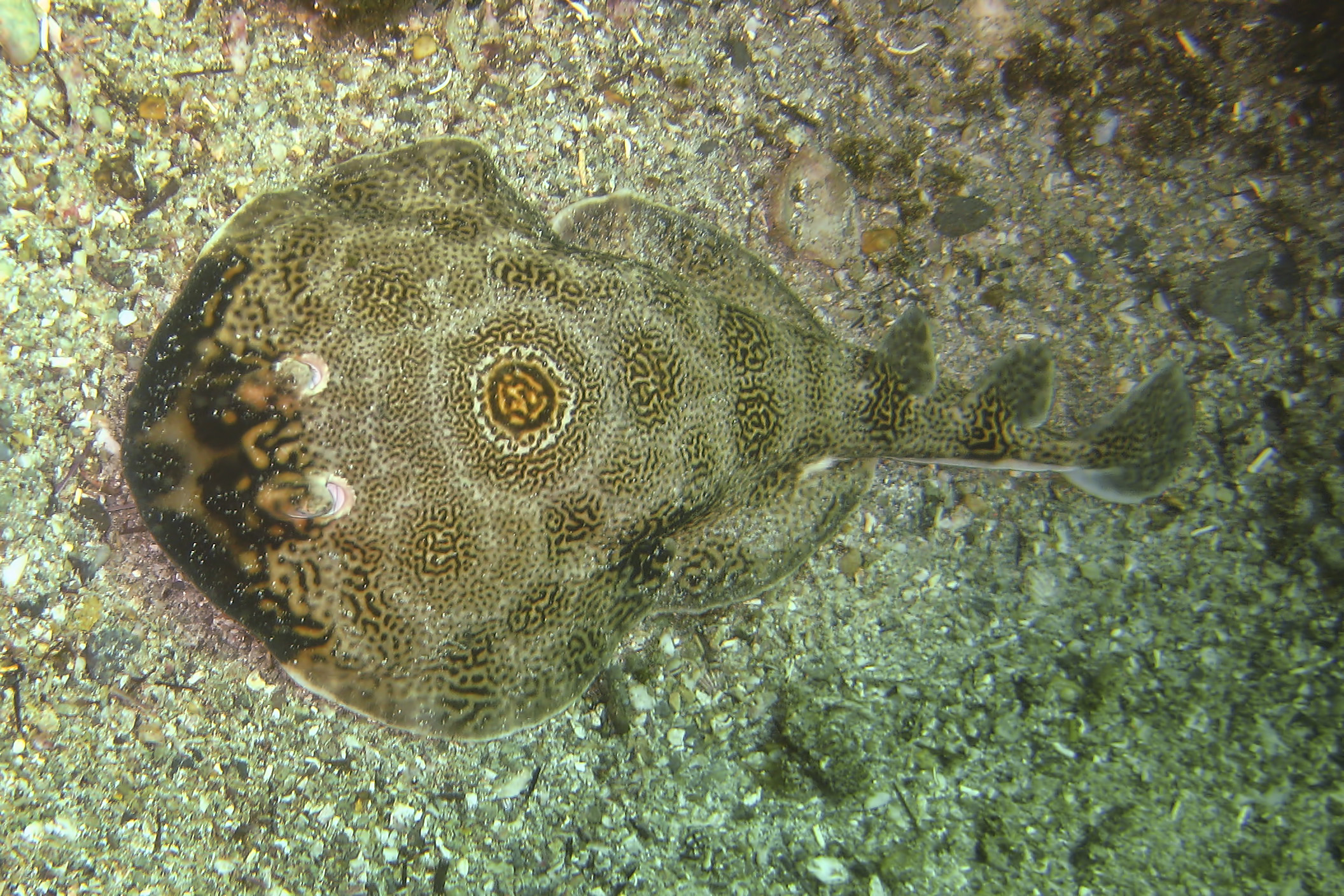
The ocean hosts numerous other creatures that have mastered electric field detection and generation. Electric catfish found in Africa’s tropical freshwater environments can produce up to 450 volts, while elephant-nose fish use electric tails to navigate murky waters. Platypuses possess about 40,000 electrical sensors in their bills, allowing them to hunt underwater with eyes and ears closed while distinguishing between living and non-living objects based on electrical signatures.
Echidnas have between 400 and 2,000 electrical receptors near their snout tips, with long-beaked species feeding on earthworms in humid forest conditions while short-beaked echidnas hunt termites and ants in drier environments where nest interiors remain humid enough for electroreception. Ancient paddlefish from North American rivers have snouts covered in tens of thousands of electrical sensors for detecting tiny electrical fields from zooplankton, functioning like built-in electrical nets for microscopic prey.
The remarkable world of bioelectric hunting reveals nature’s incredible ingenuity in developing sensory systems that surpass our technological capabilities. From electric eels that generate their own lightning to sharks that detect the faintest electrical whispers of hidden prey, these creatures demonstrate that the ocean’s most successful predators have mastered an entirely invisible dimension of their environment. As we continue to study these extraordinary adaptations, we gain new insights into both the complexity of marine ecosystems and the potential for bio-inspired technologies that could revolutionize everything from medical devices to underwater exploration.
What other hidden senses might these remarkable creatures possess that we haven’t yet discovered? Tell us what fascinates you most about these electric hunters in the comments.

Hi, I’m Andrew, and I come from India. Experienced content specialist with a passion for writing. My forte includes health and wellness, Travel, Animals, and Nature. A nature nomad, I am obsessed with mountains and love high-altitude trekking. I have been on several Himalayan treks in India including the Everest Base Camp in Nepal, a profound experience.

